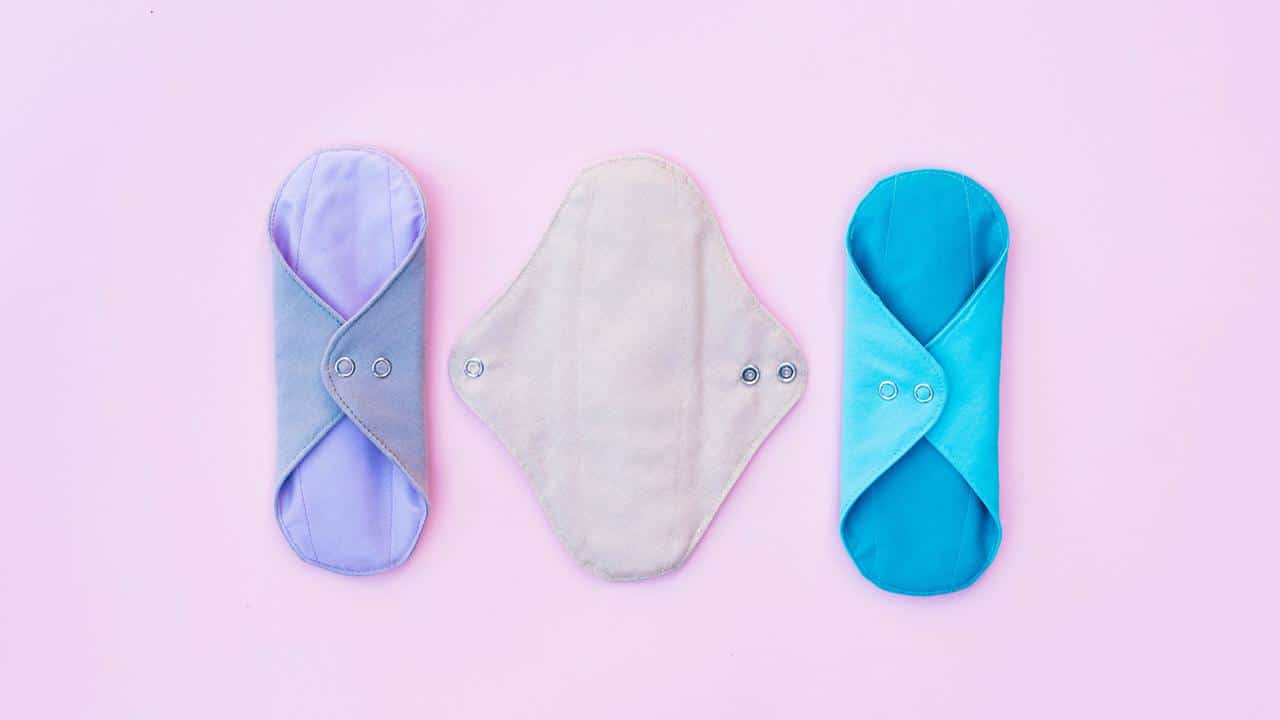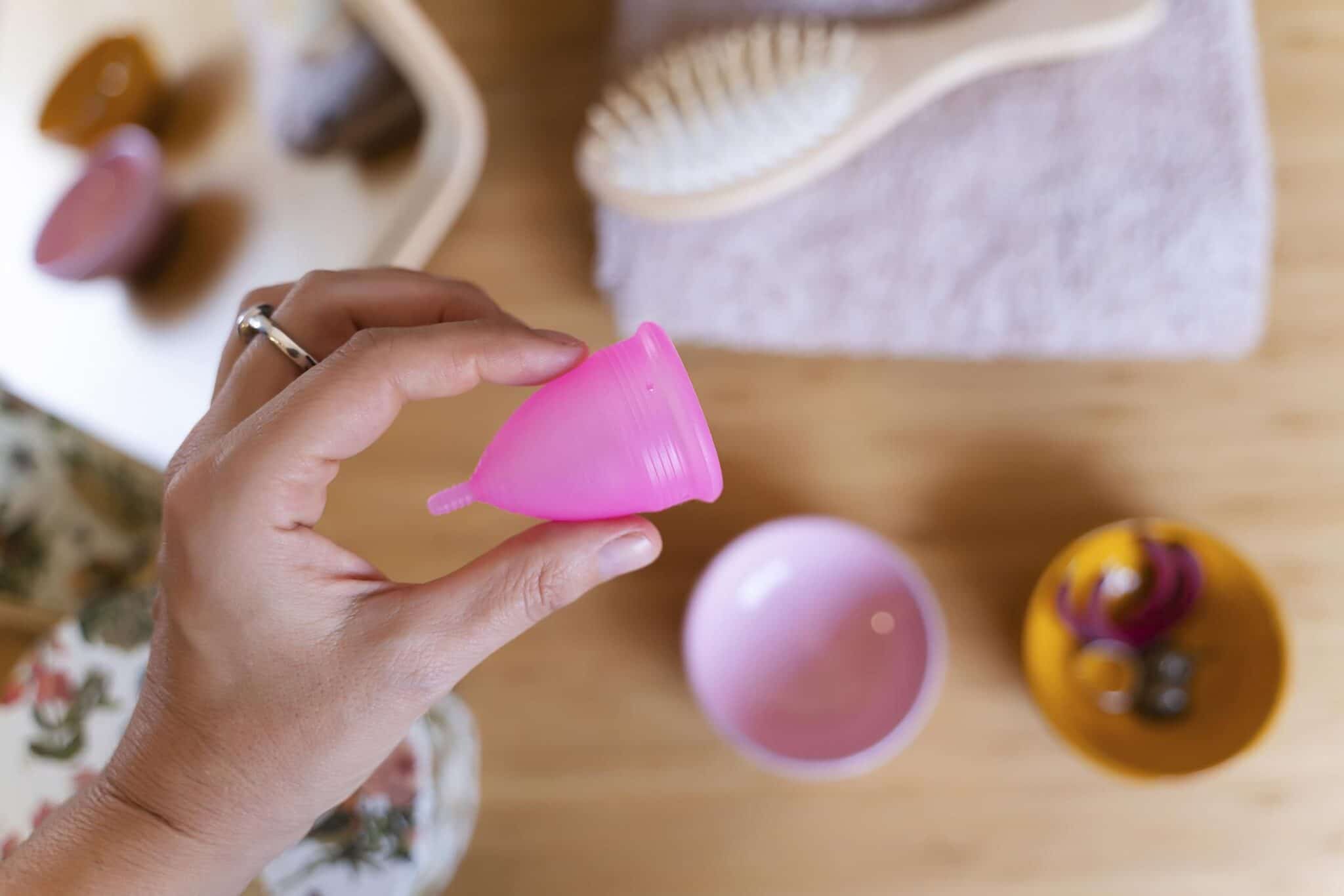

Let’s state the obvious: Your favorite time of the month isn’t when you get your period. The cramps don’t help, but buying loads of pricey products isn’t a blast, either. But another aggravation arises for those who try to live sustainable lives: the environmental cost.
According to multiple sources, North American women are believed to use — and, subsequently, dispose of — 12 billion single-use menstrual pads and tampons every single year.
To help reduce the sheer volume of period products tossed in the trash, LastObject, a Danish brand of reusable personal care products, recently began crowdfunding a rewashable menstrual pad they call LastPad.
The company, which says it has “made hundreds of prototypes and samples that have been tested and feedback collected to improve on the design,” claims each pad will last 240 uses.
While LastPad likely isn’t the last attempt to make period care more sustainable, it’s also not the first as more people think about the environmental impact of the products they need during their periods.
When Did We Start Using Single-Use Period Products?
Many developed countries switched to disposable menstrual care products decades ago. Kotex began selling the first disposable pads in 1920, The Cut explains, taking advantage of the same style of bandages used to treat soldiers during World War I.
About a decade later, a “modern” tampon consisting of a paper insertion tube filled with compressed cotton on a string was invented, according to Tampax, an international purveyor of period products. Several years later, the patent was sold to Tampax’s founder, a woman named Gertrude Tendrich.
Once Tendrich actually began selling disposable tampons in 1936, Tampax says demand for their products took off as millions of women entered the workforce to fill in for departing soldiers during World War II. Yet despite the need for products designed for on-the-go women, taboos and sexual stigmas around tampon use persisted. By 1941, common information about such products lagged, causing the still nascent company to launch a traveling “Tampax Ladies” education team that toured colleges, schools, trade shows and conventions. The women helped eradicate the taboos and provide information.
Still, it would be decades before tampons would stop being considered “indecent” for regular use, according to a NARAL Pro-Choice America state affiliate. But other options did exist for women for whom tampons weren’t an option.
In the late 19th century, suspenders and belts were commercially available to hold “bandages,” aka pads, in place. But it wasn’t until 1957 that a Black female inventor named Mary Beatrice Davidson Kenner filed a patent for a sanitary napkin “belt” that seems to have been more reliable than earlier iterations. The invention allowed women to venture out of the house during their periods more comfortably, maintain personal hygiene and avoid tampons if desired.
While the need to find a solution for menstruation-related bleeding is as old as humanity, the commercial period products obviously were not. Before modern tampons or pads were widely available, all variety of inventive solutions were concocted to prevent menstrual leaks, including rolled-up paper, grass, and moss.
Some Commercial Period Products Marketed for Sustainability
Westend61 / Getty Images
Reusable Pads
Reusable pads are a far cry from the used rags and cloths that people had to resort to before the advent of disposable tampons and pads. Like disposable pads, most reusable versions are typically secured onto the part of panties right below the vulva.
But many of these types of pads market the lack of disposable plastic involved in manufacturing — an important consideration, given that internal Natracare research shows that three mainstream disposable pad brands consist of enough plastic equivalent to roughly five plastic shopping bags.
In addition to LastObject’s planned LastPad launch, commercial brands like Rael sell reusable pads, a huge variety of small-time brands and shops also sell them.
Reusable Menstrual Cups
Menstrual cups are similar to tampons in that they are inserted into a vagina and then removed with a small cord, but that’s generally where the resemblance ends. Unlike tampons, menstrual cups don’t absorb blood but instead act as a levee until the wearer can hygienically remove it and dispose of the blood.
Disposable options are commercially available, but the many brands of reusable cups can be washed in the sink and reinserted repeatedly, avoiding the need to repeatedly spend money on disposable options that later fill up landfills.
Menstrual cups can last up to ten years but, according to The Lancet, tend to be “made of medical-grade silicone, rubber, latex, or elastomer.”
“Medical grade silicone menstrual cups are not recyclable through any conventional methods and cannot be placed into your recycle bins,” states Period Nirvana, an online period product marketplace and educational site. The site adds that one brand, the DivaCup offers recycling through Terracycle, although that company was recently sued over claims it misleads customers about what can be recycled.
Some companies that sell menstrual cups include Saalt, JuJu, Ruby Cup and Nixit.
Period Panties
Have you worn underwear before? Great — you know exactly how to wear a pair of period panties, no training necessary. Just like underwear not made to absorb menstrual blood, period panties come in a variety of styles, from thongs to boy shorts.
But it’s important to keep in mind that not all period panties are designed to replace other period products but are intended to serve as a back-up. Additionally, like most menstruation products, period panties aren’t regulated, leading to questions about the chemicals used to make the garments.
Similar to other reusable period products, some types of period panties can eliminate the need for disposable products like tampons. Brands offering period underwear include Proof, Goat Union, Thinx, Trendix and Bambody.
Bridget is a freelance reporter and newsletter writer based in the Washington, D.C., area. She primarily writes about energy, conservation and the environment. Originally from Philadelphia, she graduated from Emerson College in 2016 with a degree in journalism and a minor in environmental studies. When she isn’t working on a story, she’s normally on a northern Maine lake or traveling abroad to practice speaking Spanish.

 233k
233k  41k
41k  Subscribe
Subscribe 
